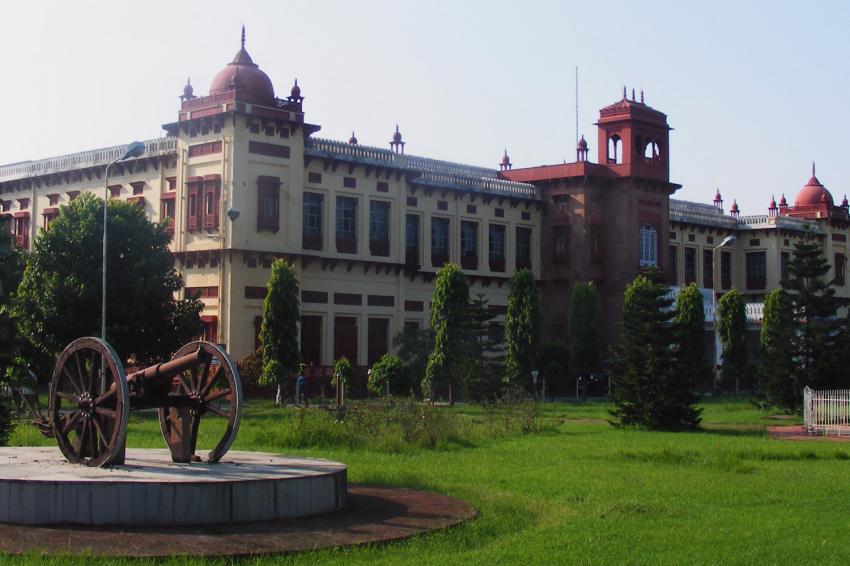IP Video Analytics from Indigo Vision secures Indian State Museum
12.05.2011 - IndigoVision's complete IP Video surveillance and analytics technology has been deployed to protect Patna Museum, India. The museum was built in 1917 during the British Raj to hous...
IndigoVision's complete IP Video surveillance and analytics technology has been deployed to protect Patna Museum, India. The museum was built in 1917 during the British Raj to house historical artefacts found in and around Patna. It is now the state museum of Bihar, India's third most populous state, located in the east of the country. The valuable items on display include archaeological objects, coins, paintings, instruments, textiles, paintings, bronze sculptures and terracotta images of Hindu and Buddhist artists. It has a rare collection of British-period paintings depicting day-to-day life, as well as a fine collection related to the first President of India, Dr. Rajendra Prasad.
Commenting on the reasons behind the project, Mr Gupta, Managing Director, Neural Integrated Systems, IndigoVision's Authorised Partner that designed and installed the system, said "Following an ill-fated burglary involving the loss of irreplaceable bronze statues, the museum conducted a complete security review. The museum faces a difficult security environment, with the need to protect priceless objects at the same time allowing easy access to the public. We therefore recommended IndigoVision's IP Video solution as it delivers very high quality video with low bandwidth together with advanced features such as real-time analytics that would be a significant benefit to the museum."
The museum's security team use ‘Control Center', IndigoVision's Security Management Software to view images that are streamed from 60 analog cameras connected to IndigoVision's video encoder transmitters. In over half of these transmitter modules real-time analytics are installed, which help the security team to operate the system more efficiently and improve incident response. The analytics automatically generate alarms in ‘Control Center' when they are triggered by events in the camera scene. These alarms are displayed on an interactive map of the museum, allowing operators to instantly locate the source of the problem, and the associated camera view is automatically displayed. Guards can then be quickly dispatched to the correct area to investigate.
Two main analytics functions are used, virtual tripwire and museum mode. Virtual tripwires are set alongside restricted areas and inform the operator when the tripwire is breached. Since the system ‘understands' direction, alarm discrimination based on direction of approach is possible. The dual tripwire feature allows a second tripwire to be setup with configurable parameters that determine how the two tripwires interact with each other. Museum mode is used to detect theft, such as the removal of a painting or a statue. In this mode sensitivity is configurable and moving foreground objects are ignored. Using this specialist analytic function the operator can quickly determine when an object is moved or removed from the scene.
Another form of motion analytics, Activity Controlled Framerate (ACF), is also deployed in the transmitter modules. ACF controls the framerate of the camera video stream based on the amount of motion in the scene. When there is no activity, video is streamed over the network at minimum framerate; the instant motion is detected the video is automatically transmitted at the maximum configured framerate. This significantly reduces the bandwidth and storage requirement for cameras monitoring generally static scenes or during quiet periods such as overnight.
Video is recorded on three IndigoVision 500GB standalone Network Video Recorders (NVRs) for up to 10 days. Evidential quality video clips can be exported for use by the police for investigations or use in court, following an incident.









